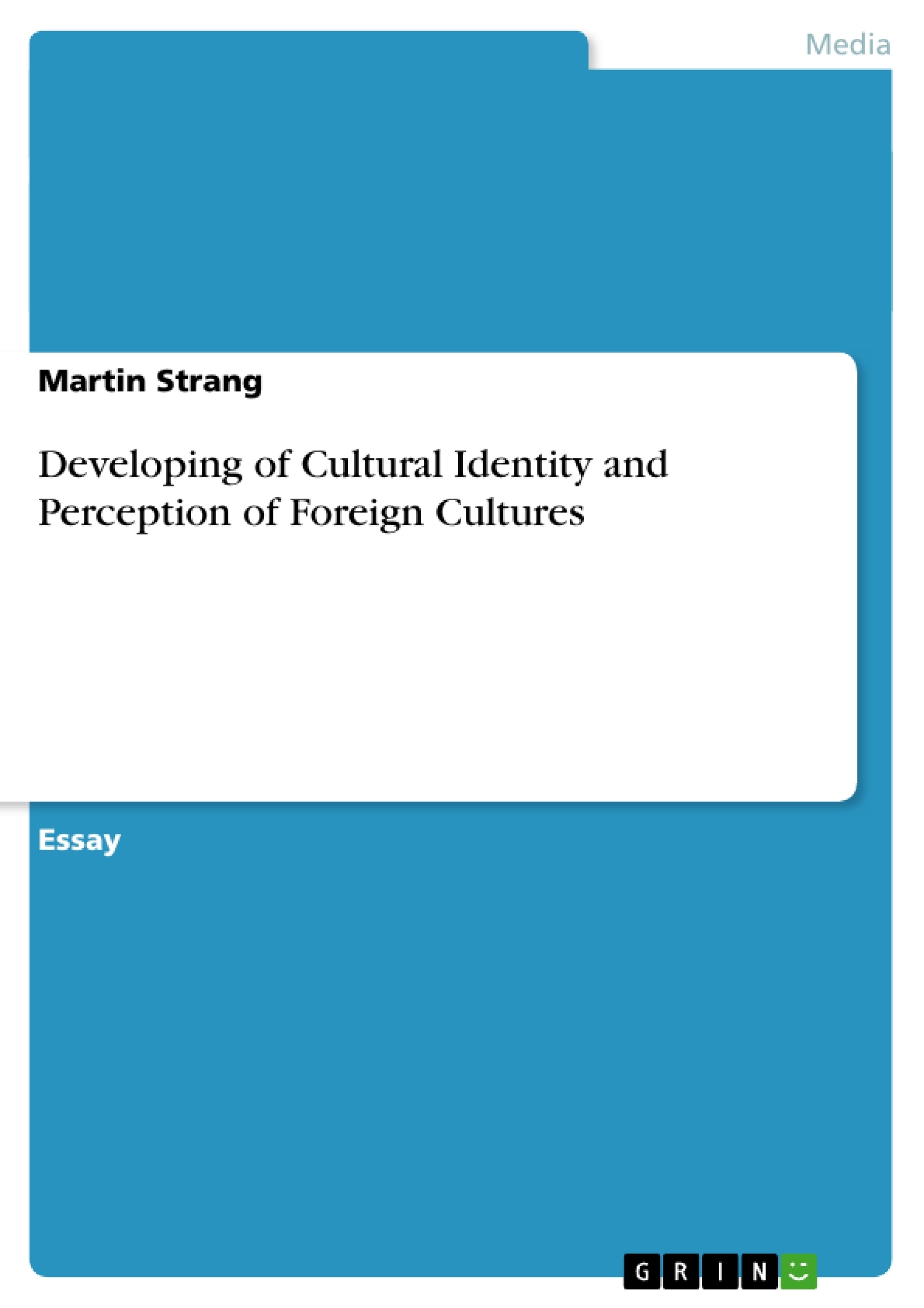In this critical analysis the question of how people develop their cultural identity and perceive foreign cultures will be answered. This is done through an analysis of the following points: First, different definitions (or attempted definitions) of culture are critically regarded. Then the role of identity in cross-cultural communication is examined, with focus on the creation of cultural identities just as different communication styles related to specific identities. In the third part of this paper the roles of stereotypes in cross-cultural communications are discussed with reference to their functions in society. Finally, the topic of nonverbal communication, especially attempts to describe nonverbal communication of a specific culture, is examined. In the conclusion the results of this paper are discussed and summarised.
The essay refers to the movie ‘The Quiet American’– in footnotes – to illustrate theoretical aspects with appropriate examples.
Culture is a complex and constantly changing phenomenon, so definitions of culture are quite numerous and differing. Brislin (2000, p. 23) refers to the definition of Triandis, Kurowski, Tecktiel & Chan (1993, p. 219), who see culture constructed out of objective and subjective elements. These elements have been selected because in the past they made survival more probable and allowed the participants to exist in ecological niches; they are shared by people who communicate in the same language and live in the same time-place. Even though this definition is obviously general, it cannot be seen as one accepted by all researchers in cross-cultural communication. Brislin (2000, p. 30) tries to define culture by constructing a checklist consisting of twelve points in order to prove if a specific behaviour or ideal is part of one’s culture or not. This checklist can be seen as a practical tool for people dealing with cross-cultural settings, but it is hardly a theoretical definition.
Raymond Williams (1962, cited in Lull, 1995, p. 130) defines culture as “a particular way of life”, which is shared by a community. The definition of Williams emphasises the dynamic character of culture which changes when we (as members of our own culture) change the way we talk, dress or work. At the same time Williams’ definition makes no distinction between “superior” or “inferior” cultures, furthermore everybody has their specific “way of life”.
Inhaltsverzeichnis (Table of Contents)
- Developing of Cultural Identity and Perception of Foreign Cultures
- Defining Culture
- Cultural Identity and Cross-Cultural Communication
- Stereotypes in Cross-Cultural Communications
- Nonverbal Communication
Zielsetzung und Themenschwerpunkte (Objectives and Key Themes)
The objective of this critical analysis is to explore how individuals develop their cultural identity and perceive foreign cultures. This is achieved through a comprehensive examination of the following aspects: the multifaceted nature of culture, the role of identity in cross-cultural communication, the impact of stereotypes in shaping perceptions, and the intricacies of nonverbal communication in different cultural contexts.
- Defining and understanding the dynamic nature of culture
- The role of identity in shaping cross-cultural communication
- The impact of stereotypes on perceptions of foreign cultures
- The significance of nonverbal communication in cross-cultural interactions
- The influence of globalisation on cultural identities and communication styles
Zusammenfassung der Kapitel (Chapter Summaries)
The initial section critically explores various definitions of culture, highlighting their limitations in capturing the constantly evolving nature of cultural practices. The analysis emphasizes that while attempts to define culture exist, they often lack universality and are prone to becoming outdated.
Subsequently, the paper investigates the role of identity in cross-cultural communication, demonstrating the impact of different identities on communication styles. The analysis examines how individuals develop their identities within the context of societal structures and explores the interplay between identity and communication.
The essay then delves into the role of stereotypes in cross-cultural communication, arguing that stereotypes, while problematic, are also unavoidable. The analysis differentiates between “types” and “stereotypes,” highlighting how stereotypes often serve to simplify and fix perceptions of cultures, perpetuating inequalities and perpetuating negative images.
Schlüsselwörter (Keywords)
The key themes and concepts explored in this work encompass cultural identity, cross-cultural communication, stereotypes, nonverbal communication, globalisation, and the dynamic nature of culture. The analysis draws on theoretical frameworks such as radical constructivism and examines the complexities of intercultural interactions in the context of societal structures, historical influences, and the impact of globalisation.
- Citation du texte
- Martin Strang (Auteur), 2004, Developing of Cultural Identity and Perception of Foreign Cultures, Munich, GRIN Verlag, https://www.grin.com/document/33708



